Being a single parent is a tall order, to put it mildly. Add in the idea of dating, and it can be so overwhelming you don’t even know where to start. The good news is that you’re far from alone given that according to a 2019 Pew Research Center study found that the United States has the world’s highest rate of children in single-parent households. This means there are also plenty of tips and support from other single parents to be found out there. This article will offer an overview of some single parent dating tips, as well as additional resources to further your preparation.
1) Upfront honesty is key
If you neglect to mention that you have a child(ren) in the beginning stages of talking to someone, there’s a bigger risk of wasting your time with someone who isn’t okay with that. Save yourself the anxiety and bring it up sooner rather than later.
2) Search for a partner before searching for a co-parent
Of course your child(ren) is your first priority so this might sound counterintuitive. This is not to say that you shouldn’t prioritize pursuing people who could potentially make a good parent, if that’s what you’re looking for. Rather, it is merely to say that you need to make sure someone will be good for you before you can judge whether or not they’re good for your child(ren). It might be tempting to try to focus on finding a parent for the sake of your child, especially when they start to question the absence of one of their parental figures, but you’re not dating for your kids (or if you are, you might not be ready to date). You’re dating for you first.
3) Consider what reasonable expectations look like for you, for your potential partner, and for a potential relationship
Some important things to think about are…
How much free time do you have?
How much mental capacity do you have available to give your energy to another person?
When, if ever, would you be comfortable with introducing your child(ren) to a partner?
How serious of a relationship do you want?
These are just a few things to think about before diving into dating. If you’re wanting to do more research and learn more about single parent dating, here are some additional resources:


































